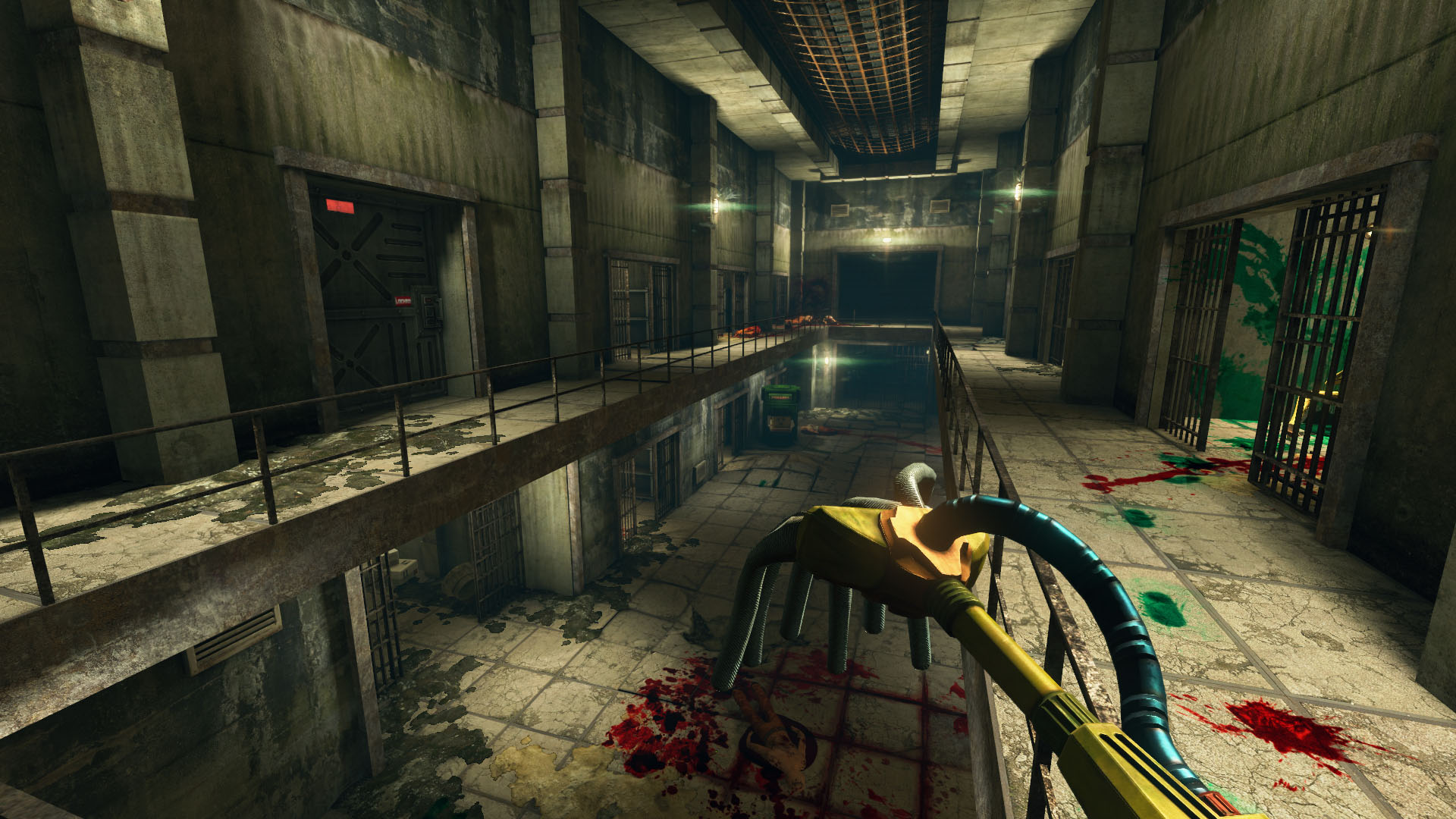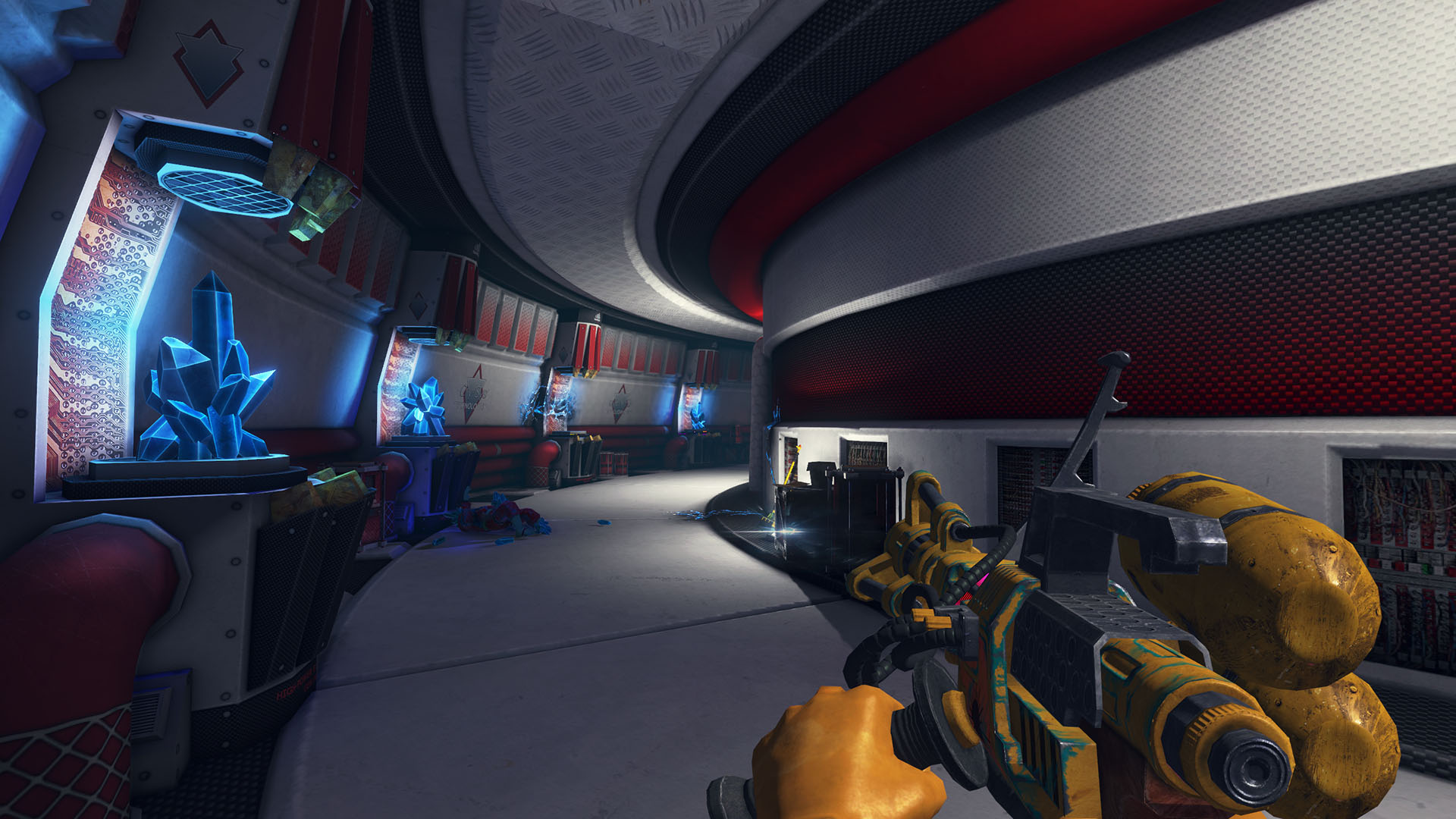

It’s not a wealth of story, though it is a nice touch to give the game a little more life. The player can also earn points for identifying what happened to each corpse as well. While many of the questions appear to be made up, bonus points are offered for figuring out and classifying what type of event happened in the level. It’s not a major story but there is some development.Īt the end of the level, the player is offered the ability to fill out paperwork. While the player doesn’t see the mutation, there are notes, and mission briefings from what appeared to be a military strike team. Apparently, some vegetation was mutated and became hostile. In my first level, Athena’s Wraith, the player is called in on a station. I think that’s mostly true, however, the game did surprise me.Įach level has a clear theme behind it, but most levels have some clue of what went on there. I’m a janitor cleaning up messes that other video game characters have made previously, I imagined there wasn’t much more to the story.

When I started Viscera Cleanup Detail I figured I would be passing on a discussion of the story. Gross, but… I didn’t know what I was expecting.

I’ll talk more about this when I talk about each tool but it’s important to realize how the graphics do affect the gameplay here, especially when things blend in. The bullet holes are especially annoying as they are small, and often in places you can’t see or reach easily, so you have to keep a close eye out for them. This is more of a gameplay issue but while blood always seemed to work for me, the discolorations for the other type of damage is hard to see. If you leave the third stage for a reason (potentially, needing to clean the mop) you can easily lose the spot and have trouble finding it. In addition, cleaning up a mess is done by making the texture lighter in three stages, full, mostly there, mostly removed, and clean. A lot of the blood and gore can blend in with the level. The problem as the game goes on becomes that it is harder and harder to find each of these marks and the graphics don’t help a lot there. A blood splatter, a burn mark, a bullet hole are all considered “problems that need to be resolved. Much of the game is trying to find stuff to clean, so you need to search for those graphical issues. The graphics though are a big part of the game. Footprints and more are made but nothing is as impressive as the original state of the level. It does work rather well but as you make a few new blood textures you get the same design each time. When you get closer to the graphics, you do notice that a lot of the blood and damage is just textures layered over geometry. When you enter a new area, it’s a lot of fun to explore it and start to formulate a plan from what you see. Blood, gore, and more are layered everywhere and textured very nicely against the wall. As you enter a level, the game looks really good. As you start the game, you’ll enter into a level and the first thought that strikes you is “Something went wrong here.” And as you continue to look around you start to realize how wrong everything went. Yet, I tackle Viscera Cleanup Detail, where the entire game is about cleaning up a mess, or multiple messes in the same room. Cleaning is not my favorite thing to do in real life nor something I excel at. Whether it’s visual problems, lack of caring, or something else I’m not sure. I’ve played video games all my life and have thick glasses, where I don’t see a lot of stuff that my wife points out to me. Personally, I’m not a very clean person, nor do I have OCD. Honestly, if you asked me to make a million games, I would never think of it, however, the team at Runestorm came up with it, and I think it’s one of the most inventive games I’ve ever played. So why not digitize that and clean as a game. We’re getting ready for the family at home, bookended between Thanksgiving and Christmas, it’s time for the ritual of family, friends, and cleaning that is required for everything.


 0 kommentar(er)
0 kommentar(er)
